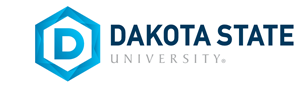Outlet Title
Issues in Information Systems
Document Type
Article
Publication Date
2019
Abstract
Increased demand in the cybersecurity workforce requires a significant response from colleges and universities to meet that demand. The federal government has emphasized cybersecurity education at all levels as a way to address demand, yet there is wide variance in curriculum defined by academics, industry, and government organizations. While there are many curriculum standards, little research has been conducted to investigate the drivers for curriculum adoption. This study aims to discover what factors influence the adoption of new curriculum at the undergraduate level through a quantitative adaptation and application of existing technology adoption models (e.g. UTAUT, UTAUT2, TRA, TPB, TAM) to the domain of curriculum adoption. It is hypothesized that many of the same factors that drive technology adoption also drive curriculum adoption with the addition of altruistic motivation of the faculty member on behalf of the student. The survey-based study employs a path model analyzed using partial least squares structural equation modeling (PLS-SEM). If it is desirable to move toward standardized cybersecurity curriculum or to encourage faculty to adopt existing high quality curriculum, this work will benefit standards bodies, accreditors, university leaders, and the federal government to determine the factors that drive adoption to direct resources appropriately
Recommended Citation
@article{whittaker2019factors, title={Factors influencing curriculum adoption in undergraduate cybersecurity programs}, author={Whittaker, Todd and Noteboom, Cherie}, year={2019} }

